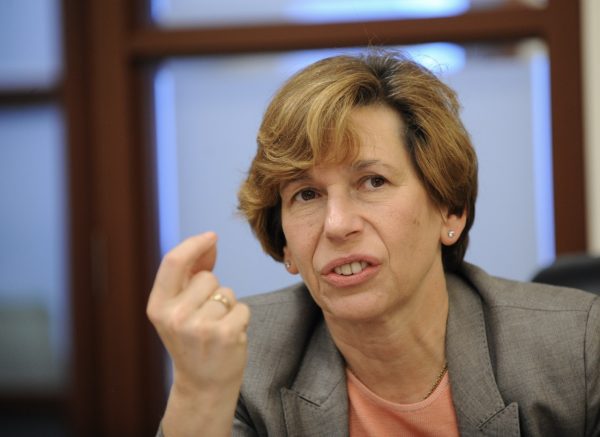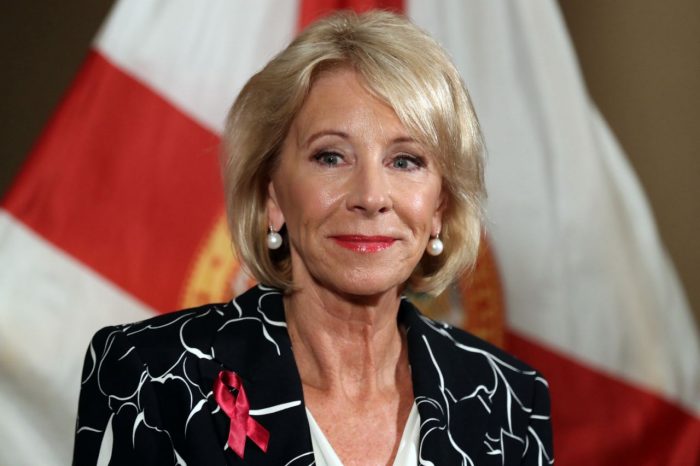18th August, 2019

Teachers across America have gotten so frustrated with low pay and a broken federal loan forgiveness system — which supposedly forgives loans for people working in qualifying public service jobs after a decade of payments — that they’ve decided to sue the Department of Education (DOE).
America has a $1.5 trillion student debt problem and many students are trying so hard to find past due credit solutions. The American Federation of Teachers (AFT), the second-largest teachers union in the U.S., alleges that the government’s loan forgiveness programme for public service workers does not function properly, and calls for a fix.
“The very agency that is supposedly the champion of our nation’s education system has failed to live up to its role in administering this Program,” asserted the lawsuit, which was filed in July.
Over the past few years, student debt has been rising exponentially, hitting more than $1.5 trillion in loans outstanding. And teachers — who often have to take on post-graduate degrees to qualify for teaching positions — are feeling the heat.

They’re now “embarrassed” about their student loans, United Federation of Teachers (UTF) President Michael Mulgrew told Yahoo Finance. “Because the thing is, I went to school, I went to college, I wanted to become a teacher. I took loans. And now I’m paying $600, $700 a month right off the bat every month for my student loan… it’s a horrendous situation for them to be in.“
On top of that, “everybody talks about it,” added Mulgrew. “You hear all the politicians talk about it. But the idea that they passed the student loan forgiveness federal program, and in reality nobody gets to use it — that’s insane.”
A recent survey by social app Fishbowl — which looked at 10,284 responses from graduates — found that nearly 65% of teachers have student debt.
“Teachers have a lower median income and are taking on student debt at a higher rate than the three other industries involved in our survey,” Kyle McCarthy, head of growth at Fishbowl told Yahoo Finance.
“On top of that, over 96% of teachers are spending their own personal money to provide underprivileged students with the school supplies they need, leaving teachers with even less disposable income,” he added. “It’s a good example of the growing wealth inequality in our society today.”
In the U.S., there were 3.8 million full- and part-time public school teachers between 2015 and 2016, based on the latest figures from the Department of Education.
Half were elementary school teachers, and the other half secondary school teachers. There were also 27% more teachers in 2015 than in 2000.
Around 55% of elementary school teachers and 59% of secondary school teachers held either a “post baccalaureate degree” — which is either a master’s degree, a doctor’s degree, or an education specialization.
A master’s degree, in particular, is required to obtain a permanent teaching license in 36 states and D.C.
The median student debt taken on by a borrower for an undergraduate and master’s degree is $50,879, according to a 2014 study by the New American Education Policy Program.
And on the flip side, teachers also earn substantially less than people in other occupations who have a master’s degree. Data from the Bureau of Labor Statistics (BLS) shows that kindergarten and elementary school teachers earned $57,980 in 2018, middle school teachers earned $58,600, and high school teachers $60,320.
That stands in stark contrast to what one can make with a master’s if they were in the financial services industry. The median annual wage for the industry was $170,000, according to BLS.
Read More: American Teachers sue government


